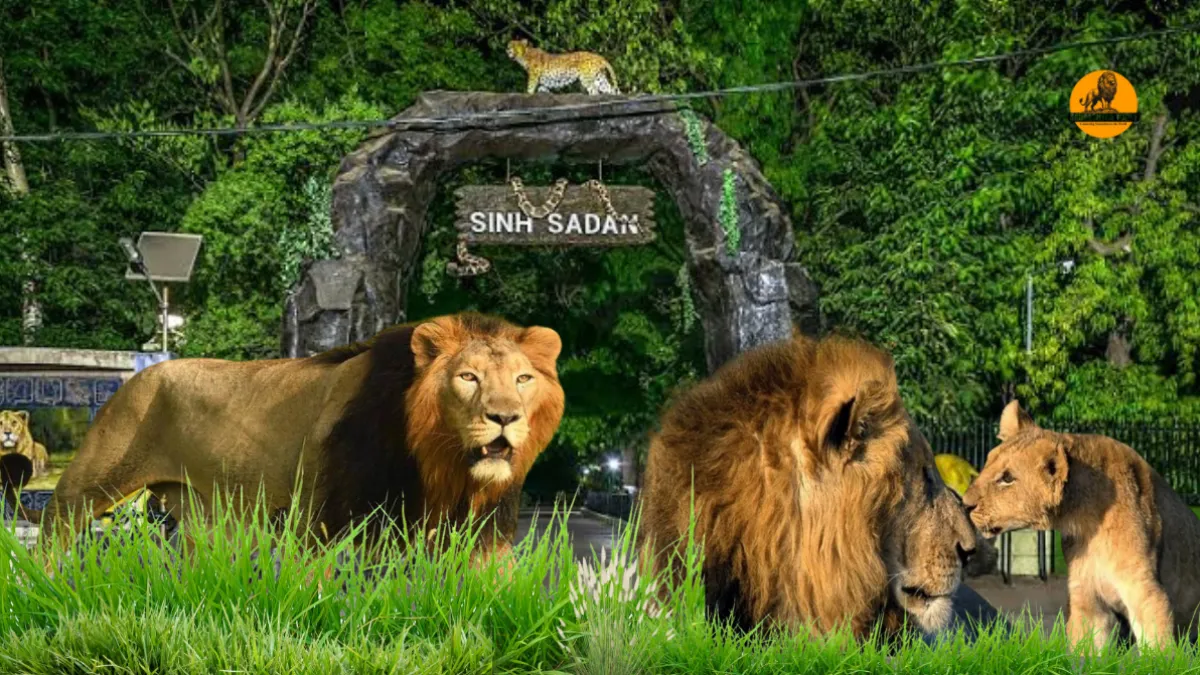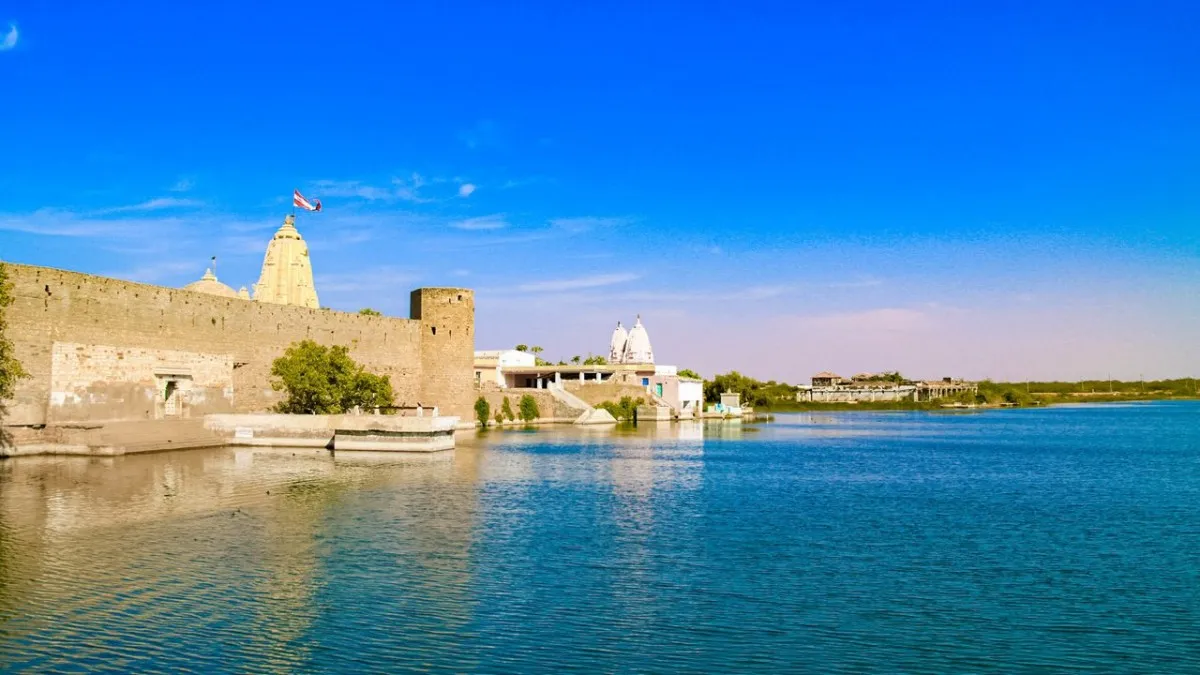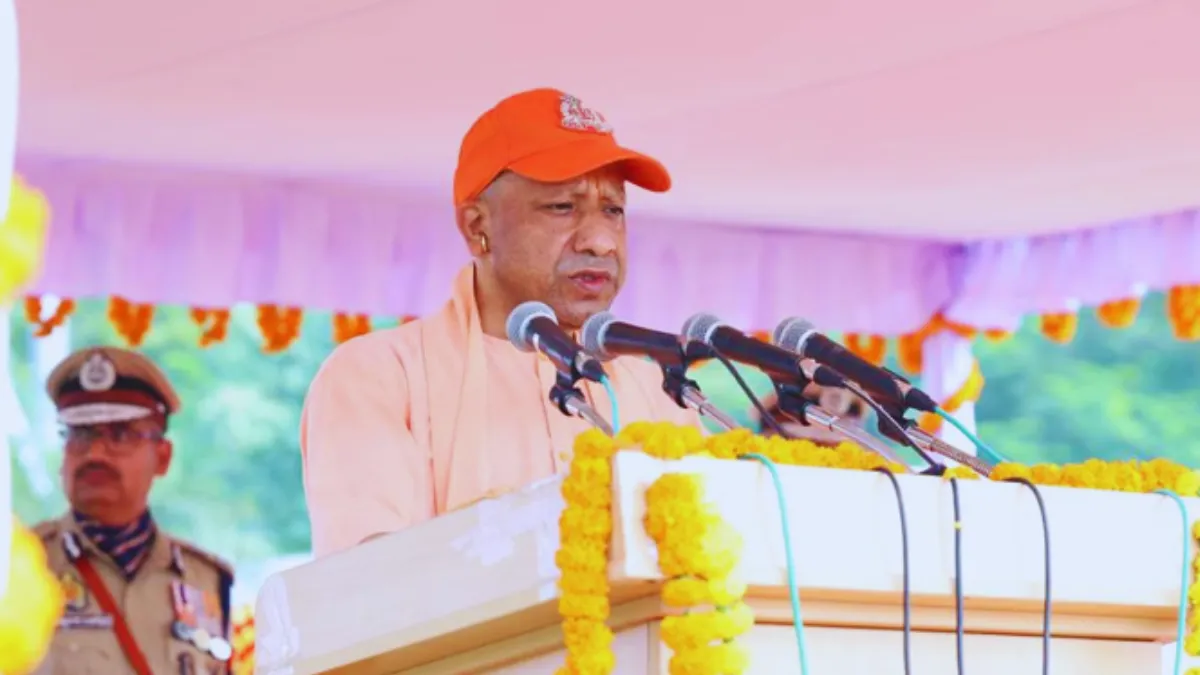Gujarat is home to one of the most iconic wildlife sanctuaries in Asia—Gir National Park. Known worldwide as the only place outside Africa where Asiatic lions roam freely in their natural habitat, Gir National Park attracts wildlife enthusiasts, tourists, and researchers alike. Whether you are planning a visit or simply curious about this unique ecosystem, this comprehensive guide covers everything you need to know about Gir National Park. From its location and history to wildlife, flora, and the best time to visit, we leave no stone unturned.
Overview of Gir National Park
Gir National Park is situated in Gujarat and serves as both a national park and a wildlife sanctuary. Spread over 1,424 square kilometers, the park is divided into 258 square kilometers of core national park area and 1,143 square kilometers of surrounding wildlife sanctuary. It spans the districts of Junagadh, Amreli, and Gir Somnath and forms part of the Kathiawar-Gir dry deciduous forests.
The park is also popularly known as Sasan Gir National Park, derived from the Sasan village nearby. Established in 1969 as a national park, Gir’s history goes back over a century when Asiatic lions were on the verge of extinction due to hunting and habitat loss. By 1900, only 15 lions were left in Gujarat, making it the last refuge for this endangered species in India. Recognizing the urgency, the Nawab of Junagadh imposed a ban on lion hunting and declared the Gir area as a protected sanctuary.
Why Gir National Park is Famous
The primary reason for Gir National Park’s global fame is its population of Asiatic lions. This park is one of the very few places on Earth where lions can be observed freely in the wild. Wildlife photographers, nature lovers, and researchers flock to Gir to witness these magnificent predators in their natural habitat. The park has become a hub for wildlife tourism and conservation efforts.
Apart from lions, Gir is home to a diverse range of flora and fauna. The park offers a rare opportunity to experience the richness of India’s natural heritage up close.
Wildlife in Gir National Park
Asiatic Lions: Gir is synonymous with Asiatic lions. According to the latest census in June 2020, the lion population in Gir National Park increased by 29% over the previous five years, reaching 674 individuals.
Other Mammals: The park is also home to around 300 leopards. Other notable species include striped hyenas, chinkara (Indian gazelle), wild boar, jackals, and nilgai.
Birds: Gir hosts over 200 bird species, making it a paradise for birdwatchers. Popular sightings include Malabar Whistling Thrush, tern eagles, and various migratory birds during different seasons.
Reptiles and Amphibians: The park has more than 40 species of reptiles and amphibians. Key species include king cobra, Russell’s viper, saw-scaled viper, kraits, and large populations of crocodiles in water bodies like Kamleshwar Dam.
Unique Ecosystem: The park’s ecosystem supports a variety of trees, shrubs, and grasses that provide shelter and food for the diverse wildlife. It represents a fine example of the dry deciduous forest typical to the Kathiawar region.
Best Time to Visit Gir National Park
The park remains closed from mid-June to mid-October due to the southwest monsoon. Visitors are advised to plan trips between mid-October and mid-June.
Peak Season: December to March is the ideal period to visit Gir National Park, with clear skies, pleasant weather, and minimal chances of rainfall. This is also the best time for wildlife sightings, including lion safaris and birdwatching.
Top Attractions in and Around Gir National Park
Kamleshwar Dam
Located within the national park, Kamleshwar Dam is an important water source for wildlife. Visitors can enjoy scenic views and spot animals like lions, jackals, and various birds gathering near the water.
Kankai Mata Temple
Approximately 25 km from the park, Kankai Mata Temple is a spiritual destination surrounded by lush greenery. It is popular among locals and visitors for free prasads and peaceful surroundings.
Jamjir Waterfall
Situated in Jamvala village of Junagadh district, Jamjir Waterfall is a natural attraction near the park. It is ideal for nature lovers and photography enthusiasts.
Devalia Gir Interpretation Zone
The Devalia zone serves as a safari area connected to the main park. Visitors can book jeep safaris to explore wildlife up close. It provides a controlled environment for observing lions, leopards, and other animals in semi-wild conditions.
Somnath Temple
Located about 55 km from Gir National Park, Somnath Temple is one of India’s most revered religious sites. Many tourists combine a visit to Gir with a trip to this historic temple, making it a perfect family outing.
Safari Experiences at Gir National Park
To truly experience Gir National Park, wildlife safaris are essential. Visitors can opt for jeep safaris organized by the forest department, which provide guided tours through designated zones. Early morning safaris offer the best chance to see lions, while evening safaris provide stunning views of the forest landscape.
Photography Tips:
- Carry a telephoto lens for capturing lions and other wildlife.
- Wear neutral-colored clothing to blend with the environment.
- Avoid loud noises to prevent disturbing the animals.
Conservation Efforts
The survival of Asiatic lions is a remarkable conservation success story. The government, along with local communities, has played a crucial role in protecting this endangered species. Strict anti-poaching measures, habitat management, and awareness campaigns have contributed to the steady increase in lion populations.
Community Involvement: Local residents are encouraged to participate in eco-tourism and conservation programs, fostering a harmonious balance between wildlife protection and human activity.
Flora of Gir National Park
Gir National Park is rich in flora, supporting dry deciduous forests with species like babul, acacia, tamarind, and mahua trees. These plants provide essential habitat and food sources for herbivores such as chinkaras, nilgai, and sambar deer, which in turn sustain the carnivore population, including lions and leopards.
Tips for Visitors
- Book Safari in Advance: Jeep safaris are often in high demand, especially during peak season.
- Carry Essentials: Bring water, snacks, sunscreen, and comfortable clothing.
- Respect Wildlife: Maintain a safe distance from animals and follow park rules.
- Best Viewing Time: Early morning or late afternoon is ideal for wildlife sightings.
- Stay Options: Several resorts and guesthouses near Sasan Gir offer comfortable accommodations.
Also read: President Murmu to Visit Gir National Park: Safari Opens Early for Historic Occasion
How to Reach Gir National Park
- By Air: Diu Airport (approx. 80 km) and Rajkot Airport (approx. 150 km) are the nearest airports.
- By Train: Junagadh and Veraval railway stations connect Gir to major cities in Gujarat and India.
- By Road: Well-connected highways and local transport options make it easy to reach the park from nearby cities.
Interesting Facts About Gir National Park
- Gir is the only place in the world where Asiatic lions roam freely outside Africa.
- The park has witnessed a steady increase in lion populations due to successful conservation.
- The name “Sasan Gir” originates from the village Sasan, where forest conservation efforts began.
- Gir’s biodiversity includes rare reptiles, over 200 species of birds, and several endemic plant species.
- Local communities have a deep connection with the park, playing an active role in conservation.
Also read: Raipur’s Famous Tigress ‘Bijli’ Shifted to Vantara Animal Rescue Centre for Advanced Care
Conclusion
Gir National Park is a treasure of India’s wildlife heritage. From the majestic Asiatic lions and diverse birdlife to serene landscapes and cultural landmarks, the park offers a unique experience for every visitor. Whether you are a nature enthusiast, a wildlife photographer, or a family seeking adventure, Gir National Park promises unforgettable memories.
By visiting this iconic park, you not only witness the grandeur of Asiatic lions but also contribute to the ongoing conservation efforts that protect these magnificent creatures and their habitat.
Plan your trip, book your safari, and explore the wonders of Gir National Park—a living testament to India’s dedication to preserving its wildlife.


















